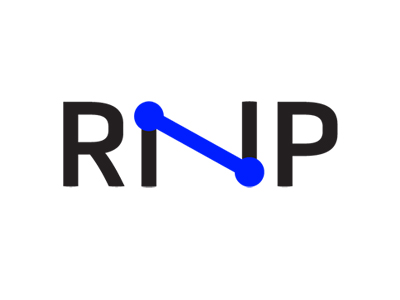
New baseline for Brazil’s biodiversity
Based on more than 22.5 million records, the Brazilian Biodiversity Information System (SiBBr) has lifted the nation’s monitoring of fauna and flora to a new level. Brazil is among the 17 countries that are home to more than 70 % of the known species on the planet. The new baseline provided by SiBBr enables a much more detailed tracking of Brazil’s biodiversity from now on.
SiBBr is coordinated by the Ministry of Science, Technology and Innovation and operated by RNP, the national research and education network (NREN) of Brazil.
“There is a very large demand, inside and outside Brazil, for information on national biodiversity”, says Leonardo Bergamini, biodiversity analyst at the Brazilian Institute of Geography and Statistic (IBGE), a partner in the project. He continues:
“The objective of the study was to evaluate the data set available in SiBBr, identifying gaps and limitations in the data. IBGE’s mission is to portray Brazil, and biodiversity is a fundamental part of that portrait.”
High quality of records for birds
SiBBr was established in 2014. The target audience is mainly researchers, students, and government agencies.
Birds and plants stand out as the best monitored groups by far, probably since these are the groups most easily detected and collected. 10.8 million records for birds exist, and 7.7 million records for plants. Arthropods (2.3 million) and fish (0.5 million) are the third and fourth largest groups by quantity of records.
Moreover, the records for birds are of a much higher quality compared to other records with more than 90 % of records considered complete, meaning they include date, geographic coordinates, and species identification. None of the other groups display above 30 % completion.
Valuable contributions from citizen science
Regional disparities in record density were observed. Sao Paulo, Distrito Federal, and Rio de Janeiro are the regions with the largest number of collections and records, as well as the highest densities.
Further, the marine flora and fauna is significantly less represented relative to land species. The difference is assumed to be caused by the greater difficulty of access and operational costs of marine research.
Most existing records in SiBBr are less than 10 years old. This is a result of an increase in data production in recent years in combination with improved tools for geo-referencing.
While biological collections and research projects are large providers of records, also citizen science – often provided by communities of users – is important.
“We need more people to know about SiBBr, so that the data can be used by society in public policies to preserve the environment,” notes Clara Fonseca, Business Analyst at SiBBr, concluding:
“The more visibility the system has, the greater the number of researchers encouraged to publicize their discoveries.”
The text is inspired by the article “IBGE evaluates data records on Brazilian biodiversity in SiBBr” published on the RNP website.
Featured image: Mandacaru cactus (Cereus spp.) in Paraíba, Brazil
For more information please contact our contributor(s):

